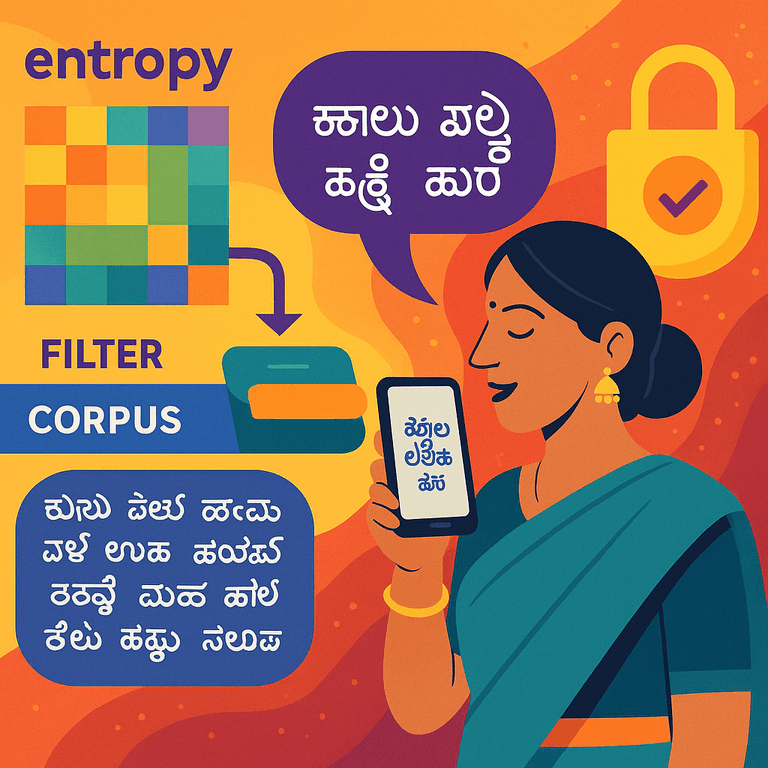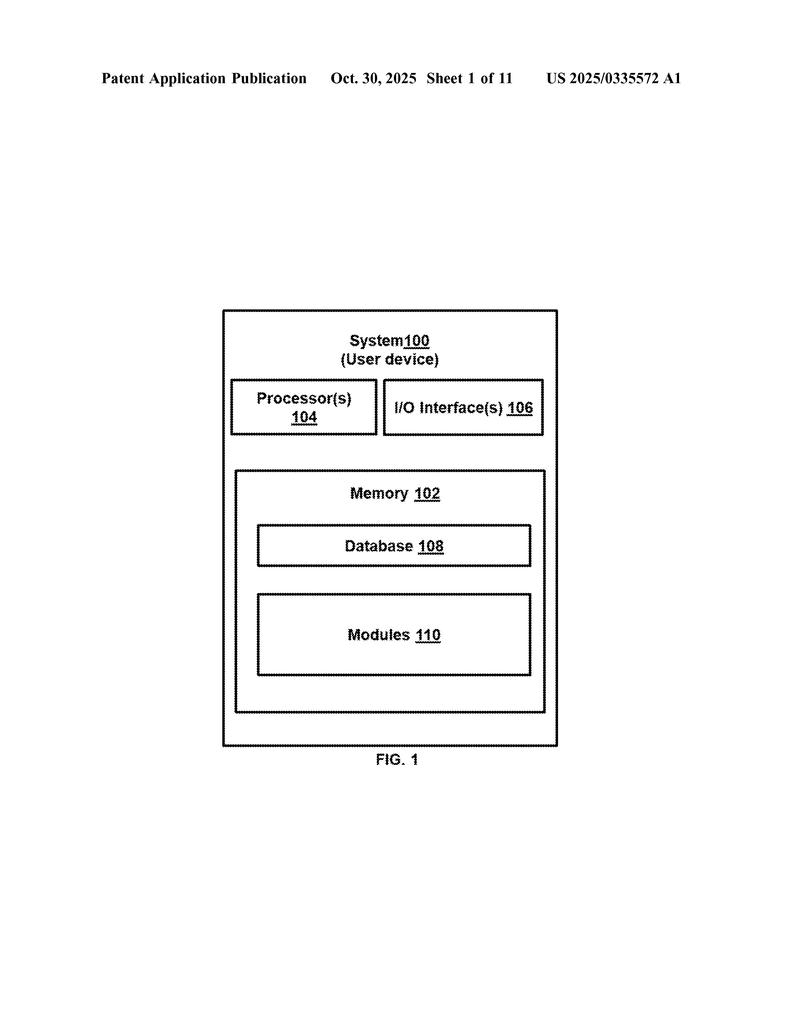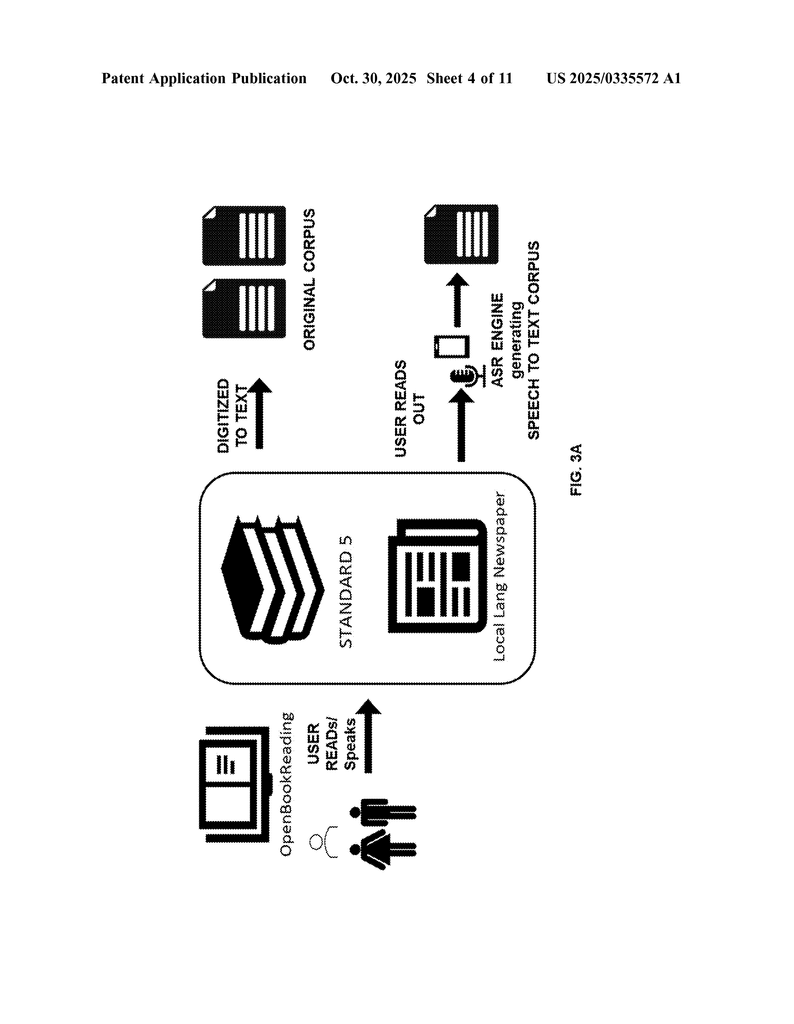Invented by BHAVSAR; Karan Rajesh, DOKE; Pankaj Harish, SHINDE; Sujit Raghunath, KIMBAHUNE; Sanjay Madhukar, Tata Consultancy Services Limited
Setting up a device password can be hard for many people, especially those who are not used to technology. This new patent application shares a new way to help people, especially those with little tech experience, to create strong and easy-to-remember passphrases. In this article, we’ll look at the background, how the idea builds on earlier work, and how the invention really works.
Background and Market Context
Most devices today, like phones and tablets, require passwords or passphrases to keep information safe. Good passwords should be hard for others to guess but easy for the owner to remember. Sadly, many users, especially those who did not grow up using computers or who have limited reading and writing skills, find it very hard to set up and remember strong passwords. These users are called Basic Emergent Users (BEUs).
A BEU might use a simple word or a short phrase as a password, like a child’s name or “12345.” These are easy to remember, but also very easy for someone else to guess. Hackers and even people who know the user can guess these weak passwords and break into the device. This puts people’s money, photos, and private information at risk.
While many password tools exist, most are built for those who can read, write, and use English well. They ask users to pick complicated words or random letters, which BEUs find very hard to use. Most BEUs speak local languages and may not know much English at all. Even if they can speak a local language well, typing or picking words on a small screen can be confusing. Many BEUs may not know how to use a keyboard or may not be comfortable with the small buttons on a phone.
This leads to a big problem: how can we help BEUs set up strong, safe passphrases that they can remember, in their own language, using words and speaking styles that are familiar to them? Solving this problem is important for device makers, banks, and anyone who wants to keep users’ data safe and private.
The market for mobile devices is growing very quickly, especially in countries where many people are using smartphones for the first time. In these places, BEUs make up a large group of new users. If these users cannot set up strong passwords, their private information is not safe. The need for simple tools that help these users create and remember strong passphrases is urgent.
This invention was created to solve this problem. It uses new ways to help BEUs create passphrases that are both strong (hard for others to guess) and easy for the user to remember. The method uses the user’s own language and way of speaking, making it much more friendly and effective for BEUs everywhere.
Scientific Rationale and Prior Art
To understand this invention, it helps to know a bit about how passwords and passphrases are judged. A strong passphrase has “high entropy.” In simple words, this means it is very hard for someone else to guess, even if they use a computer to try many guesses quickly. The more random and uncommon the words are, the higher the entropy.
In the past, researchers have tried to help users create strong passphrases. One example is a study called “Improving security and usability of passphrases with guided word choice” by Nikola K. Blanchard and others. In that work, users picked words from a grid to make a passphrase. The words were chosen from a random list, and the goal was to help users remember their passphrase while still keeping it strong.
But this and other old methods had problems for BEUs. The words were usually English and may not be familiar to many users. The process did not think about people with limited reading or writing skills, or about users who speak different languages or have strong local accents.
Some other methods tried to make passwords stronger by mixing random letters, numbers, and symbols. But these are very hard for anyone to remember—especially BEUs.
Another idea used in language research is the “vector distance” between words. This is a way to measure how similar or different two words are, using math. For example, “cat” and “dog” are close together in meaning, while “cat” and “rocket” are very far apart. Computers can use this to figure out which words are more or less likely to be guessed together.
Some studies have used “word embeddings” like Word2Vec to map words into a space, showing which words are close or far from each other. This helps measure word similarity and build lists of words for password tools, but not many tools use this for BEUs or for local languages.
The special challenge for BEUs is that they may only know a small set of words, often in their own language. They might not be able to read or type quickly. They may also speak with a local accent, making it hard for speech recognition systems to understand them. Most password systems do not think about these things, so BEUs end up with simple, weak passphrases.
This invention draws on ideas from existing research—like using word distances and speech recognition—but puts them together in a new way that meets the needs of BEUs. It lets users speak a phrase in their own language, then uses smart math to build a list of strong, but easy-to-remember, passphrases just for them.
Invention Description and Key Innovations
This invention is built to help BEUs set up strong passphrases for device security. It works by using the user’s own spoken words, their local language, and smart computer math to suggest passphrases that are hard for others to guess but easy for the user to remember.
Here’s how the invention works, step by step:
First, the BEU is asked to say a simple phrase out loud. This can be any phrase that the user can remember, like a favorite saying or a line from a story. The device listens and turns the spoken words into text using an Automated Speech Recognition (ASR) engine. This is just a fancy way of saying the device writes down what the user says.
The system then checks which words from the spoken phrase are recognized by the ASR engine. These are called Seed List Words (SLWs). Only the words that the speech system can understand are kept.
To make sure the system works well for each user, it creates something called a “personalized intersection corpus.” This is just a list of words that the user can say clearly and that the system can recognize. To build this list, the user reads out phrases from books or newspapers in their own language, and the device writes down the words it can understand. The words that match between the spoken words and the words from the reading material make up the personalized intersection corpus. This step is only done once for each user.
Next, the system uses smart math to look at how different each word is from the others in the list. It builds a “distance matrix,” which is a table showing how close or far apart the words are in meaning. Words that are more different (farther apart) are harder for someone else to guess. The system arranges these words from most different (high entropy) to least different (low entropy).
The device then splits this table into smaller groups, called splits. Each split has a set number of words (usually five, because research shows that people can remember about five things at once). The first split has the words that are most different from each other—these make the strongest passphrases.
The system creates a list of possible passphrases by picking one word from each group. It then shows a few of these passphrases on the device screen and can even read them out loud. The passphrase that is strongest (has the highest entropy) is put in the place on the screen that is easiest for the user to touch. This makes it more likely that the user will pick a strong passphrase, without even thinking about it.
If the user doesn’t like the first set of passphrases, they can ask for new ones. The device will show and read out a new set, using the same smart method.
The system also checks which parts of the screen are easiest for the user to reach. It does this by having the user do a quick test, like tapping on different parts of the screen. This makes sure that the most important choice—the strongest passphrase—is always in the easiest spot for the user.
After the user picks a passphrase, the device sets it up as the password for opening the device or for other security needs.
This invention is special because it:
– Uses the user’s own spoken words, in their own language and accent.
– Builds a custom list of words for each user, based on what they can say and what the device can understand.
– Uses smart math to pick words that are very different from each other, making the passphrase hard to guess.
– Shows and reads out passphrases, making it easier for people who can’t read well.
– Makes sure the strongest passphrase is in the spot on the screen that is easiest for the user to choose.
– Offers the user new choices if they want to try again.
– Works for any language, as long as the device can recognize the user’s words.
In practice, this could look like a phone app that asks the user to speak a favorite saying. The app then helps the user pick a strong passphrase, made up of words the user can say and remember, and places the best choice right where the user’s hand can tap it easily.
Because the system is built around the user’s own words and speaking style, it is almost impossible for someone else to guess the passphrase—even if they know the user well. The passphrase is strong because the words are chosen using smart math and are different from each other, but it is easy for the user to remember, because the words come from their own world.
The system can also be used on any kind of device, from phones to tablets to computers. It can be built into the device or offered as an app.
Importantly, the method can be repeated whenever the user wants to change their passphrase. The system can keep learning from the user’s speech, making it better and better at understanding and helping the user.
This patent application offers a real step forward for helping everyone—especially BEUs—keep their information safe without stress or confusion.
Conclusion
Keeping devices safe should not be hard or scary, even for people who are new to technology. This invention uses smart, simple ideas to help people create strong, safe, and easy-to-remember passphrases in their own words and language. By using the user’s own voice, familiar words, and clever computer math, it makes security friendly and effective for everyone, especially Basic Emergent Users. This approach does not just protect data—it also builds trust and confidence, helping more people safely join the digital world.
With the growing number of new device users worldwide, tools like this are more important than ever. Helping people set up strong passphrases, while making the process easy and personal, is key to a safer future for all.
Click here https://ppubs.uspto.gov/pubwebapp/ and search 20250335572.




